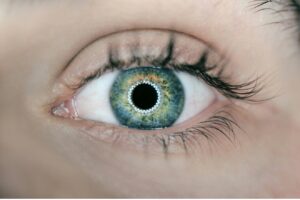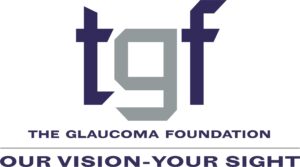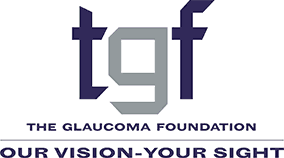~New Technologies Emerge for Glaucoma Diagnosis and Treatment ~

Glaucoma, a condition that damages the eye’s optic nerve, is one of the leading causes of blindness in the United States. According to a report on current glaucoma programs by the Centers for Disease Control and Prevention (CDC), over three million Americans have glaucoma, and the number is expected to double by 2050. This eye condition occurs when the fluid inside your eye, known as aqueous humor, builds up and increases pressure.
The CDC says symptoms do not usually appear immediately, which is why regular eye check-ups can help detect early signs of damage to the optic nerve. Since symptoms are not immediately visible, people with glaucoma may not know that they already have it until signs of vision loss or blindness start to appear. Luckily, with the help of technology, glaucoma can be managed smoothly. Here’s a look at some existing and up-and-coming technologies that help treat glaucoma:
Existing management options and treatment
Eye tests that help diagnose glaucoma are helpful management options that use various tools to detect and examine the optic nerve. In our previous article on imaging devices, we mentioned some computer imaging techniques that help analyze and examine glaucoma cases. Among these techniques is Optical Coherence Tomography, which looks into the reflection of laser light to measure the eyes’ nerve fiber layer. Other technologies include the Nerve Fiber Analyzer, which also uses laser light to measure the nerve fiber layer’s thickness. Meanwhile, the Heidelberg Retina Tomograph helps produce a three-dimensional image of the optic nerve, which allows ophthalmologists to see the extent of nerve fiber damage.
One of the more popular management options for glaucoma is using polarized glasses to block glare or reflected light from surfaces like concrete, water, and glass. As outlined by retailer Eyebuydirect, polarized sunglasses have a special coating that prevents glare from penetrating your eyes. While exposure to light cannot cause glaucoma, patients with the condition are more sensitive to glare. This is why wearing glasses with polarized lenses is important to prevent glare from exacerbating glaucoma symptoms and causing eye discomfort. Adding polarization to your lenses is also fairly straightforward: on the retailer’s website, you select your frame, click “Select Lenses,” and choose the “Polarized” option for visual clarity and protection.
New approaches
Today’s digital and fast-paced environment paved the way for the emergence of new technologies that make it easier to diagnose and treat glaucoma. One recent example is the artificial intelligence (AI) model called RETFound, which was developed by researchers at Moorfields Eye Hospital and UCL Institute of Ophthalmology. RETFound’s technology can detect serious medical conditions before patients begin to show symptoms, which can provide early intervention and treatment. With the help of data from the National Health Service, patients can be screened for glaucoma and other diseases and risk factors like heart attack, stroke, and Parkinson’s disease.
An article by Forbes also highlights the importance of deep learning algorithms in diagnosing glaucoma. Deep learning is a method in AI that allows computers to process data in the same manner as the human brain, thus producing more accurate insights. Incorporating sophisticated deep learning algorithms in diagnosing glaucoma can yield accurate results that could enable early detection and intervention to halt the progression of the disease. Deep learning algorithms in AI can also lead to more precise assessments that help bolster confidence in the accuracy of the diagnosis, leading to better health outcomes. These algorithms also produce diagnoses significantly faster than the current traditional methods of detecting glaucoma, thus improving efficiency in laying out treatment plans to prevent glaucoma from worsening.
These technological advancements are revolutionizing the detection and prevention of glaucoma. Introducing new approaches to treating and managing diseases is a step in the right direction towards making healthcare more efficient.
Article written by Rose Joanne
Exclusively for

